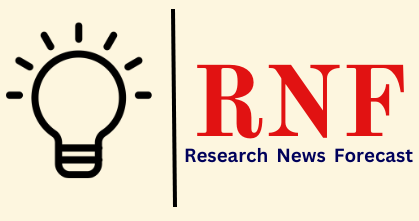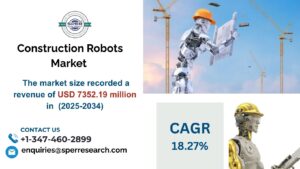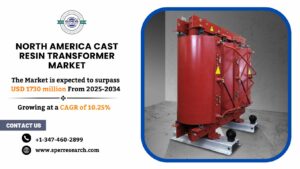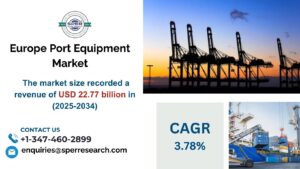Liquid Silicone Rubber Market Trends and Future Growth 2034
The two-component, high-performance elastomer known as Liquid Silicone Rubber (LSR) is renowned for its remarkable resilience to electrical stress, extreme temperatures, and chemicals. It is an adaptable material that can be carefully molded into complicated components, thin walls, or complex shapes, making it appropriate for a variety of applications. LSR is perfect for medical and food-contact applications since it is hypoallergenic, biocompatible, and resistant to sterilizing procedures. Additionally, it has outstanding electrical insulation, flexibility, and thermal stability qualities, which enable it to function dependably under trying circumstances. LSR encourages creative design and engineering solutions and comes in a range of hardness levels, colors, and formulas. It is a favored material in high-performance applications and sophisticated manufacturing worldwide because to its resilience, accuracy, and adaptability.
According to SPER Market Research, ‘Global Liquid Silicone Rubber Market Size- By Grade, By Application – Regional Outlook, Competitive Strategies and Segment Forecast to 2034’ states that the Global Liquid Silicone Rubber Market is predicted to reach 7.32 billion by 2034 with a CAGR of 6.78%.
DRIVERS:
The Liquid Silicone Rubber (LSR) Market is being pushed by expanding applications in healthcare, automotive, and electronics due to the material’s biocompatibility, durability, and superior temperature and chemical resistance. In healthcare, technological improvements, aging populations, and rising chronic diseases are driving up demand for medical-grade LSR in implants, surgical instruments, catheters, and wearable devices. In the automobile industry, LSR is commonly utilized for gaskets, seals, connectors, and EV components, providing lightweight, high-performance solutions that improve efficiency and safety. The electronics industry is increasingly using LSR to insulate, seal, and encapsulate delicate components. Furthermore, ongoing advancements in LSR formulations and processing technologies, together with regulatory compliance and a shift toward sustainable and recyclable materials, are increasing usage and driving total market growth worldwide.
Download the Detailed Analysis in PDF format, Here
RESTRAINTS:
The Liquid Silicone Rubber (LSR) Market is constrained by a number of constraints that prevent widespread use. High production costs, driven by pricey raw ingredients such as high-purity silica and platinum catalysts, raise overall prices, making LSR less competitive when compared to other elastomers. The need for specialized equipment and advanced processing techniques like precise temperature control and injection molding increases operational complexity and capital investment. Furthermore, long regulatory approvals for medical and food-grade uses can hinder product releases and prevent smaller manufacturers from entering the market. In some regions and industries, there is a lack of awareness of the benefits of LSR, which limits adoption. These economic, technological, and regulatory constraints are significant barriers to rapid market expansion.
North America dominates the Liquid Silicone Rubber Market due to its strong industrial base, advanced manufacturing technologies, and high demand across automotive, healthcare, and electronics sectors. Some of the leading companies are Avantor Inc., Dow, Elkem ASA, Momentive Performance Materials, Shin-etsu Chemical Co. Ltd, SIMTEC Silicone Parts,LLC, Stockwell Elastomerics, Trelleborg AB, Wacker Chemie AG, Wynca Tinyo Silicone Co. Ltd.
For More Information, refer to below link: –
Liquid Silicone Rubber Market Growth
Related Reports:
Germany Polymer Foam Market Size
Follow Us –
LinkedIn | Instagram | Facebook | Twitter
Contact Us:
Sara Lopes, Business Consultant — USA
SPER Market Research
enquiries@sperresearch.com
+1–347–460–2899





